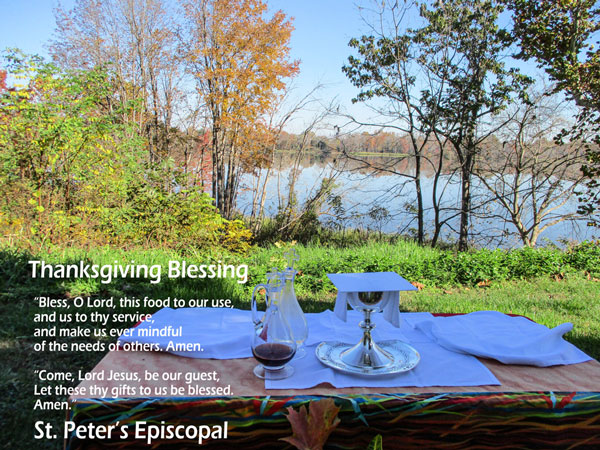
The name “Advent” actually comes from the Latin word adventus which means “coming.” It is a reminder of how the Jewish nation waited for the Messiah and how Christians are now waiting for the return of Christ.
Advent which begins this Sunday Nov. 28 is like a breath of fresh air -a new church year, a new set of Gospel readings from Mark, and the anticipation of the birth of Christ.
The Advent season is a time of preparation that directs our hearts and minds to Christ’s second coming at the end of time and also to the anniversary of the Lord’s birth on Christmas. It blends together a penitential spirit, very similar to Lent, a liturgical theme of preparation for the Second and Final Coming of the Lord, called the Parousia, and a joyful theme of getting ready for the Bethlehem event.
The Advent wreath, four candles on a wreath of evergreen, is shaped in a perfect circle to symbolize the eternity of God. The Advent Wreath is beautiful and evocative reminder of the life-giving qualities of light. The evergreens used in the wreath are reminders of ongoing life, even in the face of death.
There are 4 candles, one for each week in Advent, are used with one larger white candle in the middle as the Christ candle. During each Sunday of the Advent season, we focus on one of the four virtues Jesus brings us: Hope, Love, Joy and Peace. Three of the candles are purple. This is the color of penitence and fasting as well as he color of royalty to welcome the Advent of the King.
The Third candle is pink, a color of joy, the joy that Jesus is almost here and fasting is almost order. Gaudete Sunday (from the Latin meaning “rejoice”) which is taken from Philippians 4:4-5, the Entrance Antiphon of the day.
Advent begins in a season of darkness but using the Advent wreath we see light winning over darkness. Lighting candles is a way we can keep time in Church And as the season passes, and another candle is lit each week, light finally wins out over darkness with the turn of the solstice in the stars and the birth of Christ on the ground.
At the center of the wreath is a white candle, which is called the Christ Candle. This candle is lit on Christmas Eve as a reminder that Jesus, the light of the world, has been born and has come to dwell with us.
It is a season of waiting, of rest but also a time to find new beginnings. Since the 900s Advent has been considered the beginning of the Church year. It is antidote for our society’s frantic behavior during the holiday season. There is so much in the world that tells you, you are not enough or you haven’t do enough before Christmas but you have to find out during Advent that you are enough.
The first week of Advent is all about hope. Lamentations 3: 21-24: “Yet this I call to mind, and therefore I have hope: Because of the Lord’s great love we are not consumed, for his compassions never fail. They are new every morning; great is your faithfulness. I say to myself, “The Lord is my portion; “therefore I will wait for him.” (NIV).
The altar changes during Advent to represent the new season, particularly in the use of color. Today, many churches have begun to use blue instead of purple, as a means of distinguishing Advent from Lent. Blue also signifies the color of the night sky or the waters of the new creation in Genesis 1. Blue emphasizes the season is also about hope and anticipation of the coming of Christ. Christ is about transformation as the sky changes from dark to light filling our lives with grace.

 First Sunday in Advent, Dec. 1, 2024
First Sunday in Advent, Dec. 1, 2024

